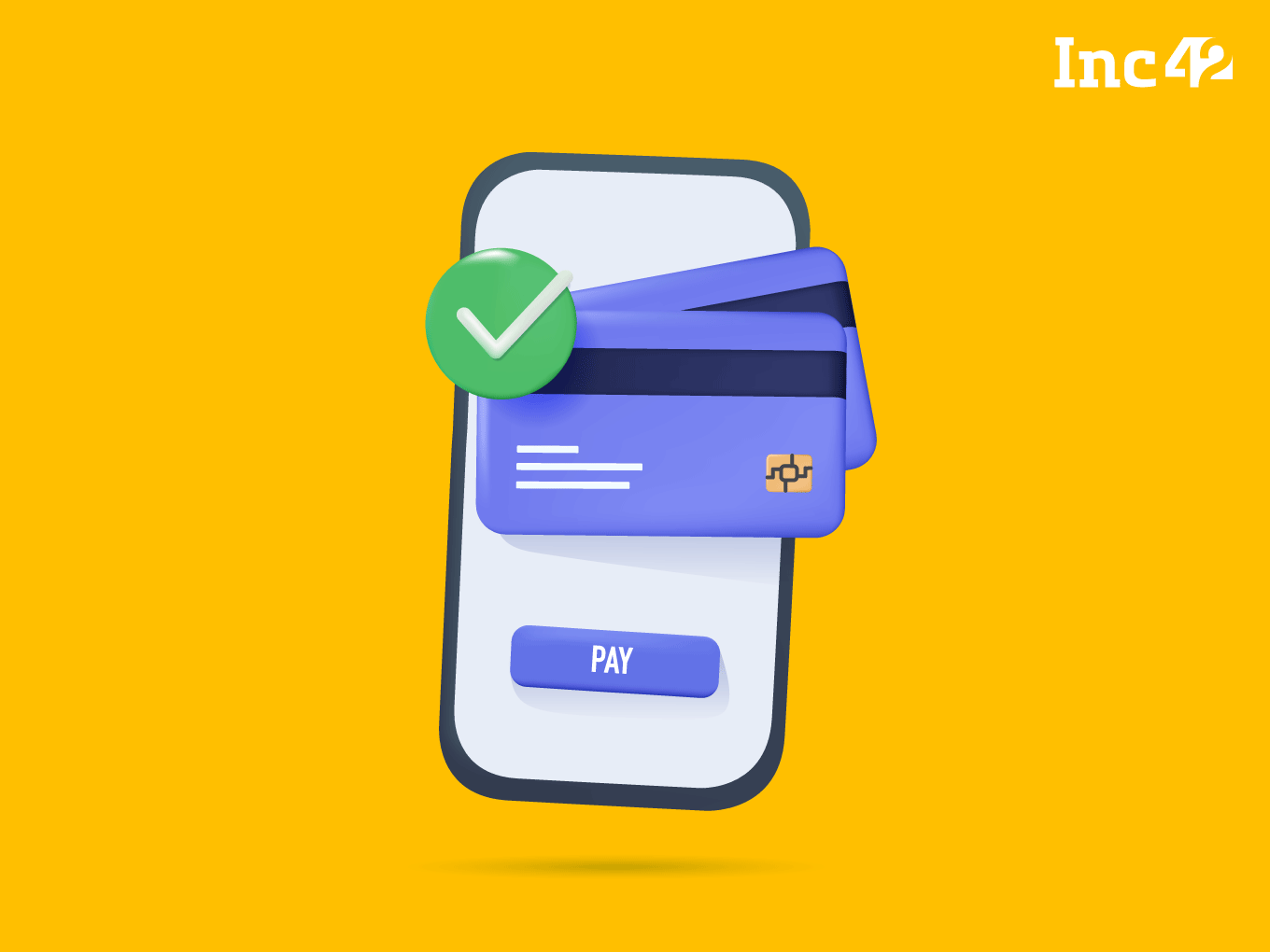What Is An E-wallet?
An electronic wallet, commonly known as an e-wallet, is a digital system that enables users to store, manage, and transact money electronically. It serves as a virtual substitute for physical wallets, allowing users to perform various financial activities such as making payments, transferring funds, and storing payment card information securely on electronic devices like smartphones, tablets, or computers.
As an individual, your e-wallet is a digital repository that securely stores your payment information, credit or debit card details, bank account information, and sometimes even cryptocurrencies, for seamless transactions through supported platforms or applications.
What Are The Objectives of E-Wallets?
The primary objectives of e-wallets are convenience, security, and efficiency. They aim to simplify financial transactions by eliminating the need for physical cash or cards, offering swift and secure payment options, and streamlining the overall payment process.
What Is A Valid Example Of An E-Wallet?
An excellent example of an e-wallet is Paytm. It allows users to link their bank accounts, credit cards, or debit cards to their PayPal account, facilitating transactions for online purchases, money transfers, and even in-person payments at select retailers.
Another example is Google Pay. It enables users to make payments, store payment information securely, and send money to others using their smartphones or other compatible devices. It supports various payment methods and is widely accepted across numerous online and physical stores.
What Is A QR Code Payment?
QR code payment is a contactless payment method that utilises Quick Response (QR) codes to facilitate transactions. Users scan the merchant’s QR code using their smartphone camera or a dedicated app, which then initiates the payment process by securely transferring funds from the payer’s account to the merchant’s account.








